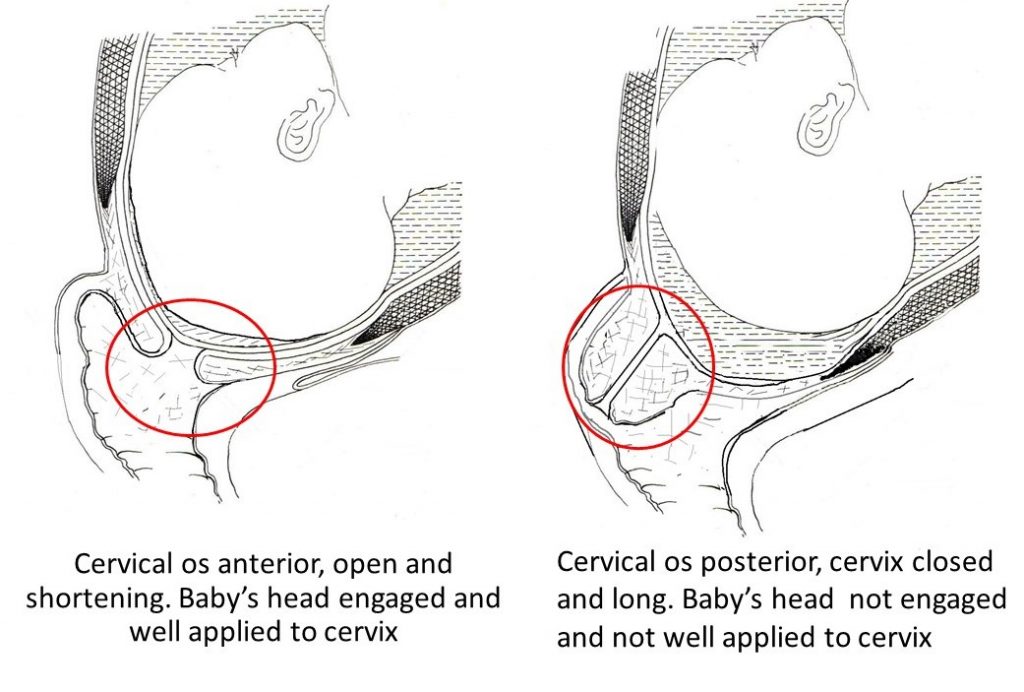Cervical stretch and membrane sweep
What happens in a cervical stretch and membrane sweep?
In internal vaginal examination is needed using a lubricated gloved index finger.
The cervical opening (or ‘os’) is identified by the index finger. Whether it is started to dilate can be established.
If the cervix in its full length is sufficiently dilated to accommodate the index finger, then the obstetrician can touch the top of baby’s head, with the amniotic sac between the baby’s head and the finger.

The cervix is digitally dilated as much as possible and as much as can be tolerated. Then, using a circular movement of the finger, the membranes of the amniotic sac are attempted to be separated from the inner side of the cervix.
The cervical stretch and membrane sweep results in the release of prostaglandin hormones. This release can result in the onset of labour
Is a cervical stretch and membrane sweep uncomfortable?
Yes. I always explain this to the patient. Sometimes it is not possible to complete the procedure because the discomfort is too great.
The discomfort will be greater if the cervical os is very posterior and long.
Sometimes a woman finds it difficult to relax her vagina and so the procedure has to be abandoned before the cervix is reached.
Women who are able to relax during the procedure experience less discomfort.
The least discomfort is experienced when the cervix is considerably open, has shortened, is in an anterior position and the baby’s head is well applied to the cervix, engaged in the pelvis. On some occasions I have found the cervix to be 3 – 4 cm dilated and very short (effaced) before the onset of labour.
Does a cervical stretch and membrane sweep always work?
No. Not all women will go into labour after a cervical stretch and membrane sweep.
Labour onset is more likely if, when the procedure is done, the cervix is open, has started to shorten, is in an anterior position and the baby’s head is well applied to the cervix, engaged in the pelvis.
It is not possible to do the procedure if the cervix is closed and does not admit a finger. Sometimes the external os (cervix opening) is open to admit a finger, but the cervix is uneffaced (long) and the internal os is closed. Sometimes when this is the case it is possible to stretch the cervical canal and consequently the internal os is opened and the procedure can be completed. Doing so is usually very uncomfortable and some women, though keen, can’t tolerate the discomfort and so the procedure is abandoned.
The onset of labour after the procedure is unpredictable. While labour onset is more likely when the cervix is favourable, I have done the procedure on women with a very favourable and open cervix, and they have not gone into labour. I have had other women with the cervix fully or partly closed and they have laboured soon after.
The time interval between the procedure and the onset of labour is usually less than 48hrs.
For more information, have a chat with us on 02 9680 3004 or contact us today.

